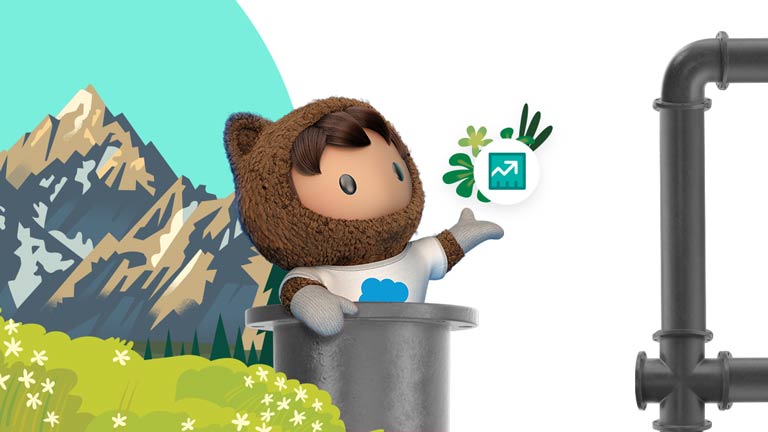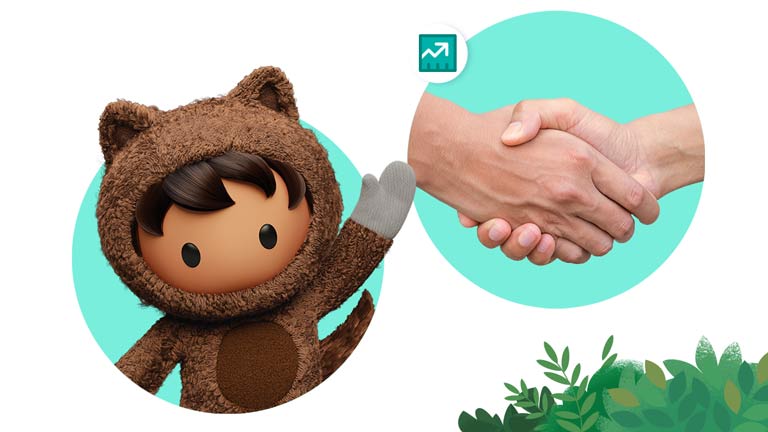How to Close Sales Like an Absolute Pro
There’s no one way to close a deal, but these tips will help you create a winning game plan.
That sometimes elusive, but always thrilling moment when you close a deal. That’s why we’re all here. We love to help customers, chase new challenges, and in the process, hit those numbers. The romanticized pop culture image of selling always focuses on the close, with scenes from films like “Glengarry Glen Ross” seared onto our collective memory.
But sales closing is an art, and like art, its style changes over time. We’ll move past outdated and ineffective techniques and talk to sales experts to get the nitty-gritty of what it means to close like a boss in today’s world.
What we’ll cover:
What is sales closing?
Sales closing, or getting a prospect to agree to a deal and sign a contract, is how reps make their quota and how businesses grow revenue.
It represents the culmination of all your efforts. You put in the time and made a strong case for why your solution can alleviate the prospect’s pain points. Now that you’ve popped the question with a (sales) proposal, it’s time to find out if this prospect is ready to commit.
Getting to that yes takes a lot of patience and persistence. Prospects will often say no before they get to a yes. The problem is, many salespeople give up before they reach that yes.
As we’ll explain further, sales closing isn't the only stage of the pipeline that matters, but it is absolute. You either close or you don’t. The make-or-break nature of sales closing can make it one of the most stressful aspects of selling, but it doesn’t have to be.
“Fundamentally, closing a deal should be the easiest part of a sales cycle,” said Jay Camp, a strategic account director for large enterprises at Salesforce. “There are a series of key milestones you have to hit in order to be in a position to close a deal. If those key milestones are done well, closing is the easy part because the work's already been done.”

What are the most common sales closing techniques?
1. Assumptive close
2. Puppy Dog Close
3. Scale Close
This is also referred to as the gauge close. You take the prospect’s temperature by simply asking them point-blank how interested they are in your product. (Ex: “On a scale of one to 10, with one being ‘Let’s end this conversation now’ and 10 being ‘Let’s get this solution implemented on Monday,’ how likely are you to move forward with purchasing?”) The scale close does two things: It lets you know if you’ve been effectively communicating the value of your product and also gives you an opportunity to address any objections they might not have shared with you.
“I would say that curiosity is key. You need to always be asking questions,” said Francois Carle, a strategic account executive at Schneider Electric who has worked in sales for 28 years. “You need to be curious about what they’re trying to achieve and drill down into what their challenges are. The risk of a conversation going nowhere is strong if you aren’t listening.”
4. Scarcity close
5. Takeaway Close
6. Summary Close
How do you improve at closing?

Know the customer.

Know their objections.

Know the decision maker.

Know when to fold ‘em.
Sales representatives don’t close every single opportunity in their pipeline. That means a lot of the prospects that come your way may not become customers. It’s also possible a small percentage of leads could bring in a lot of your revenue, which means you don’t have to pursue those unlikely to close. Knowing when to move on is critical. Don’t dwell on prospects that have shown no interest in closing. You’ll lose sight of more promising opportunities.
“Every deal, whether it’s a win or loss, has something you can learn from. It’s an opportunity to reflect on how you can evolve both in process and strategy,” said Kelly Myers, an account executive at Salesforce who specializes on enterprise-level deals.

Know you’re part of a team.
Combined expertise will outweigh one person’s expertise every time. When you’re facing hurdles, lean on your collaborative tools like Slack to connect with your fellow reps or your sales managers in real time so you can decide your next move as a team. We recommend even creating deal-specific channels in Slack that can act as a repository of knowledge and support for high-level opportunities.
“You're going to win 10 times more as a team than you are as an individual,” said Myers. “There will be a lot of times where you don’t have the answers, and that’s okay. It’s important to know you have a team that will do everything in their power to help you deliver what the customer needs.”
What sales closing mistakes should you avoid?

Going in for the hard close.
Pressure selling is out, empathy selling is in. When you come out early with an ask for the sale and then keep aggressively asking before you’ve even truly established your product’s value, it shows little consideration for the buyer. It makes it appear as though you're speeding through the sale to meet your quota, and it’s off-putting. After all, selling isn’t about you, it’s about them.
“I don't think the hard sale has any place in today's market. I always tell people sales is not about ‘selling’ or convincing anybody of anything. It's about helping people solve problems or achieve goals,” said John Barrows, the CEO of JB Sales, a sales training firm.

Not asking for the sale.

Only closing at the end.
How do you know when it’s the right time to close? How do you avoid closing too early? Too late? This is a bit of a trick question. There is no singular moment when you go in for the close because, if you’re wise, sales closing is something that happens throughout the sales process. The prospect signing on the dotted line is more of a natural conclusion, not an event.
“Closing should happen at every stage of the sales process. You’re closing for the next steps, you’re closing for meetings. It’s ongoing,” said Barrows.
What's next?
More Resources

State of Sales Report

See How Sales Cloud Makes Selling Easy










